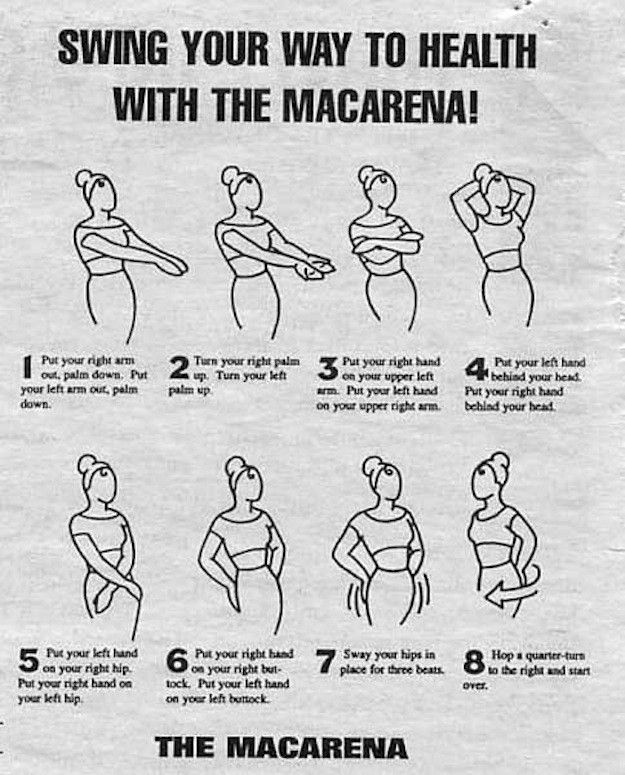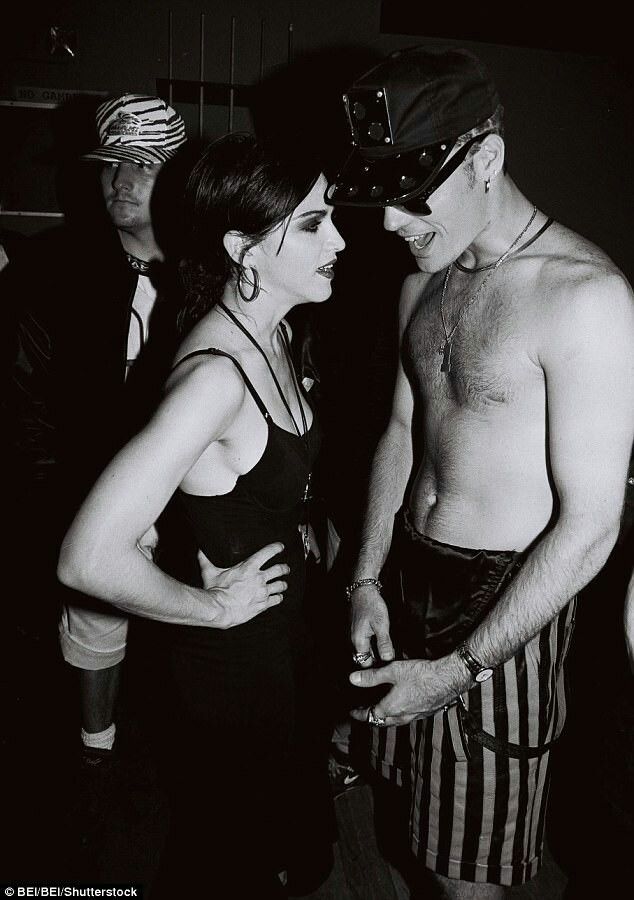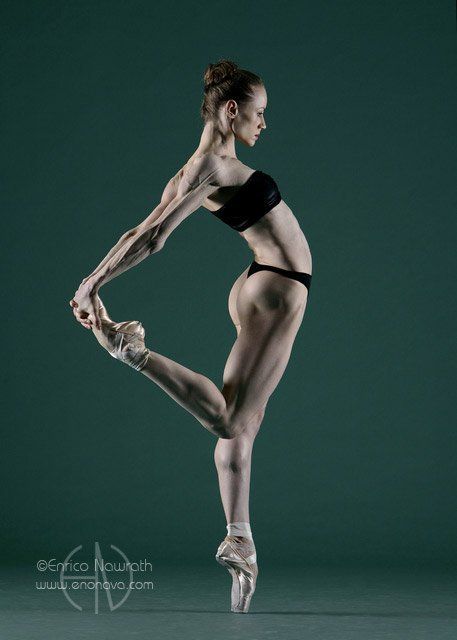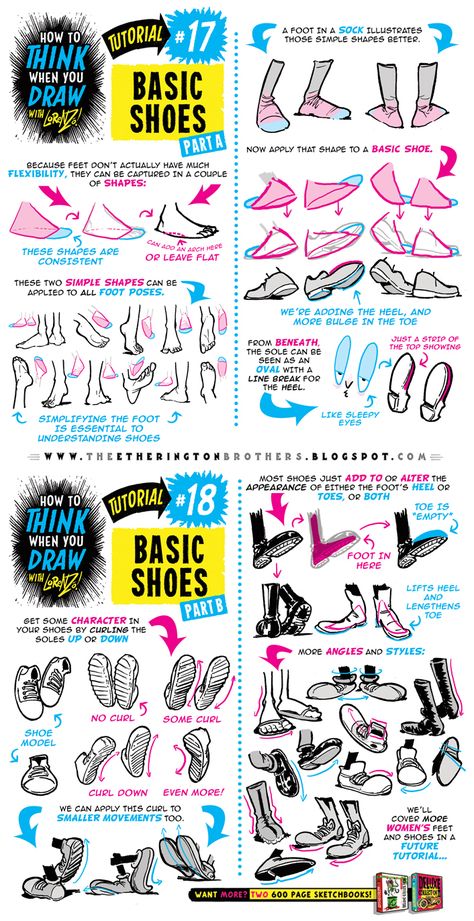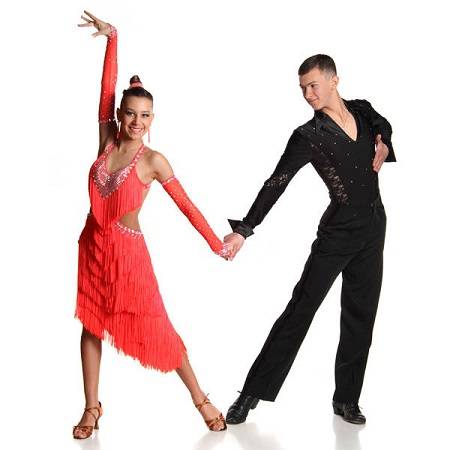How to dance with hands
List of Dance Moves Names
Anthony Redpath/The Image Bank Collection/Getty ImagesWould you like to be the person who knows all of the best dance moves names and can execute all of them? At first, learning these steps may seem complex, even unattainable. In reality, almost everyone can learn to dance. It’s simply a matter of breaking each dance into individual steps and practicing until you get it right.
Most of us have watched in awe as an amazing dancer showed off their skills at a party. Have you also noticed that these dancers aren’t always the suavest or most athletic folks? Instead, they are often just normal people who enjoy dancing and having fun.
How do you gain the same skills and confidence? Take the first step by reading through this list of dance moves names and steps.
Why Learn How to Dance?
Dancing is a popular social activity that allows people to enjoy events and connect with others. When you can execute cool dance moves, not only will you have a great time. People around you will enjoy themselves as well. Of course, dancing is also an excellent tool for making romantic connections.
Here are some other benefits of learning dance moves names and their steps:
- Great physical activity
- Parties and events are more enjoyable
- It’s a healthy and productive hobby
- You can share dancing with friends or loved ones
- Learning to dance teaches you about other cultures
Think of dancing like playing a musical instrument. Start slowly and simply. Many of the most popular dance moves are easy enough to be done by a novice.
Ready to Start Dancing?
Here is a list of dance moves you can start practicing today. Some of these cool dance moves names are popular classics. Others have just begun to trend.
The list mixes some dance steps that are designed to impress and others that are just for fun and nostalgia. Choose a few you’d like to start practicing today. You’ll enjoy the physical activity and impress your friends.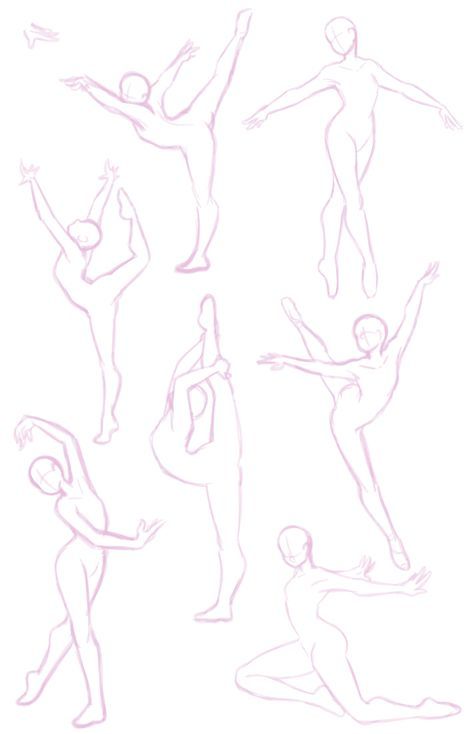
1. The Moonwalk
You can’t list dance moves names without mentioning the moonwalk.
To execute this move, start with your feet aligned. Then slide your right foot back until it is directly behind your left, ending with only the ball of your right foot touching the floor. Now, slide your left foot back, but keep it flat on the floor. As you do this, shift your weight to your right foot. This approach allows your left foot to glide across the floor.
As soon as your left foot is behind your right, snap your left heel up and drop your right heel down.
2. The Floss
The floss is one the most popular dance moves of the last few years. It was featured on Saturday Night Live and the game Fortnite.
Start this stationary dance with your feet shoulder-width apart, arms at your sides, and hands in fists. Bend your knees slightly.
First, move both your arms together to the left. Your right arm should be in front of your body, and the left behind.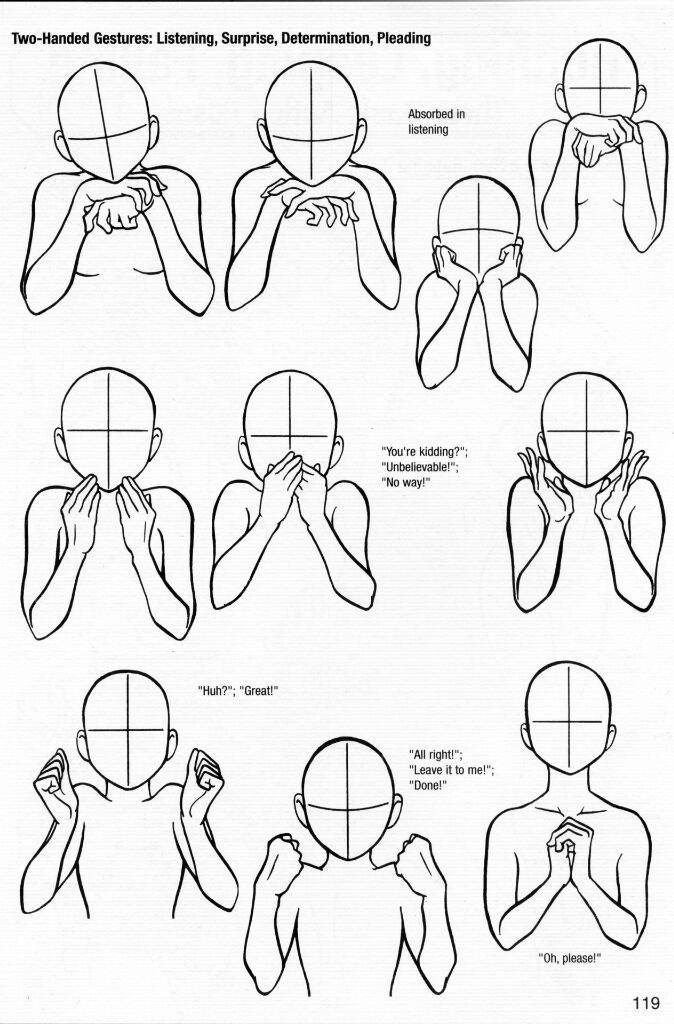 As you do this, swing your hips to the right. Now, sweep both arms in front of your body and back to the right. This move will reorient your body to repeat the first move in the opposite direction.
As you do this, swing your hips to the right. Now, sweep both arms in front of your body and back to the right. This move will reorient your body to repeat the first move in the opposite direction.
3. The Dougie
The great thing about cool dance moves is you can personalize them. That’s what makes the Dougie so popular.
Start by simply swaying side to side with the beat. Step down alternately with your right and left foot as you sway. Feel free to tap or double tap on the third beat.
Now, add in your arm movements. Run your fingers through your hair, or pretend as if you are. Change hands and slightly shift your upper body as you sway from one side to the other.
4. Two-Step
This simple move works with any song. Keep this in your list of popular dance moves names when you are trying to dance to music you don’t know.
Start with your legs together and step to the right with your right leg. Then step your left leg to the right, so your feet are together again.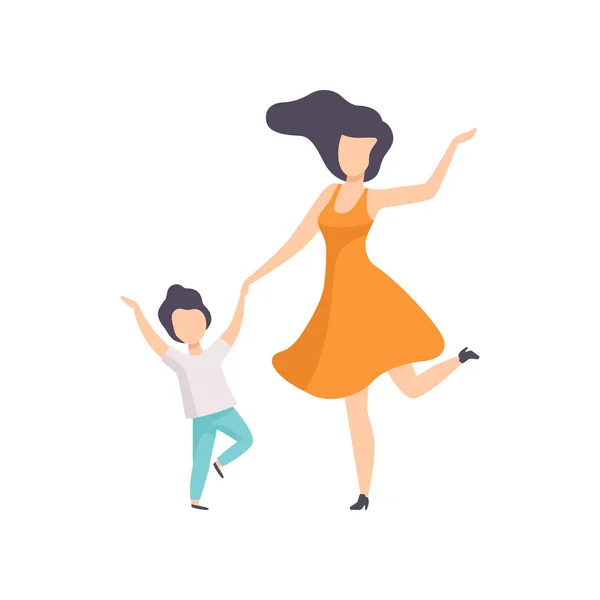 Repeat the move to the opposite side. Stay in rhythm with the music. Feel free to add arm moves like rolls, snaps, or claps.
Repeat the move to the opposite side. Stay in rhythm with the music. Feel free to add arm moves like rolls, snaps, or claps.
5. Swing Dancing
One of the most popular dance steps names is swing. Swing dancing is full of acrobatics, leaps, and throws. However, you can get started with a few basic moves. Swing is a great dance to learn for wedding receptions and parties.
Begin with you and your partner holding hands. Now, let go of one hand and step apart. One partner will step with their right foot, and the other with their left.
Raise your hands that are still together. The leading partner can use their hand as leverage to spin their partner to the inside or outside. When the turn is complete, step back together and clasp hands.
6. Body Roll
When you think of dance moves names that are simple and a bit sexy, remember the body roll. This movement is popular in hip-hop dancing, Zumba, and club dance.
Start by looking up. Then, move your head, so you are looking at your chest.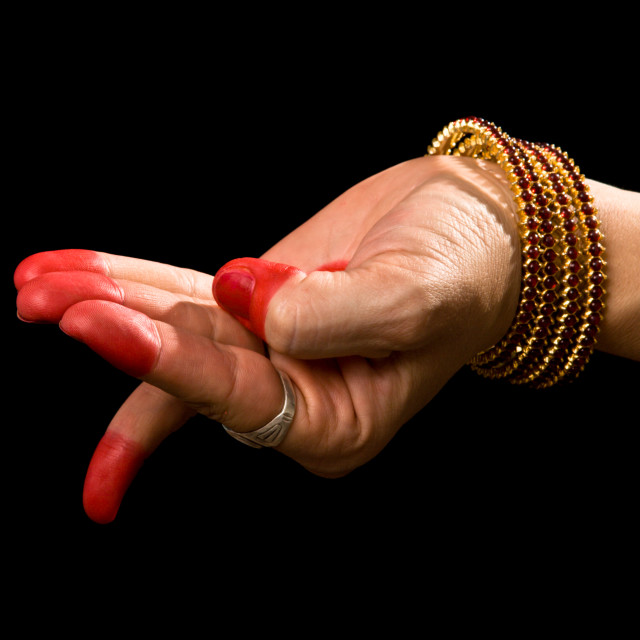 Pop your chest as you do this. Next, collapse your chest as you simultaneously push your hips forward. Now, bend your knees, and push your booty back.
Pop your chest as you do this. Next, collapse your chest as you simultaneously push your hips forward. Now, bend your knees, and push your booty back.
7. Voguing
Start the vogue with your walk. The easiest move here is the catwalk. It’s simply a strut to the music on the balls of your feet. Now, add hands. Begin with simple face-framing movements and arm extensions.
8. The RobotThe robot, one of the most well-known dance moves names, is all about body isolation. Move one part of your body at a time, focusing on your upper body and head. Make each move sharp and precise, like a robot. Add a wobble after each motion to create the machinelike effect.
9. The HustleOne of the iconic dance steps names, the hustle, is best learned through a video that breaks down the dance into easy to memorize steps. You can also look for a great dance instructor to walk you through things.
10.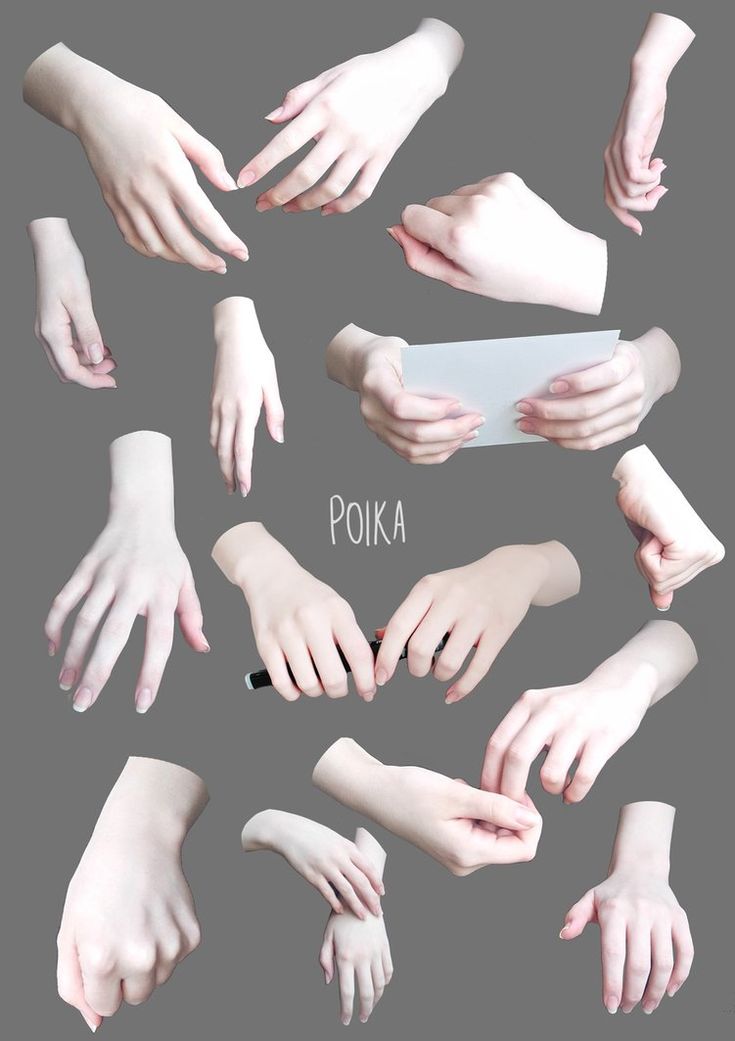 Popping and Locking
Popping and Locking To learn to pop and lock, you should start by understanding what these dance moves names mean. Popping is a sharp move that you execute by tightening and relaxing your muscles as you move your body. Locking is stopping a movement abruptly then completing it.
11. Whip/Nae NaeThe whip begins with raising the left knee, forming a loose fist with the left hand, then punching forward. Now, pull your hand back and open it. It should be above your head to the side. Finally, step from your left to right foot while waving. Switch sides and repeat.
12. The MonasteryStart with your feet apart. Turn your knee in while twisting on the ball of your foot. Repeat with the other leg. Now, bounce down with each turn. As you do this, move your arms, so they accentuate each hip movement.
13. The Box StepOne of the fun and fitting dance moves names is the box step. This dance is the basic step for partner dancing. To lead, step forward with your left foot. Then step out with your right. Third, move your left foot so that it closes the distance between your feet.
This dance is the basic step for partner dancing. To lead, step forward with your left foot. Then step out with your right. Third, move your left foot so that it closes the distance between your feet.
Next, step back with your right. Then out with your left, and close the box you’ve drawn with your feet by bringing your right foot back in close. Followers start by moving their right foot back and mirroring the leader.
14. The WoahStart this unique group of dance moves names with your hands in front of you, making alternating circles (counterclockwise and clockwise). Now turn to the side and make fists. Move your left hand down, and act as if you are grabbing a gear shift and downshifting. Form a fist with your right, twist back, and pull your fist down.
15. The Billy BounceStart the Billy Bounce with your feet apart, knees bent. Open and close your knees simultaneously. Once you get that, pick up each foot on alternating beats.
One of the funniest dance moves names is the Humpty dance. Start the Humpty with a small jump as you crisscross your legs, then repeat. When your legs are apart, drop your butt down. Repeat the drop move several times before returning to the crisscross. Add in side-to-side arm waves.
17. The PrepStart by turning your upper body to the side and rocking your shoulders back while slightly bending your knees. Now, turn on your heels, so you are facing the other side. The arm moves are palms up and raised just above your head level. Finally, push and pull your arms to and away from your body in an upward diagonal motion.
18. Outside Partner StepThe outside partner step is one of the popular dance moves names for couples. It begins with your and your partner’s upper bodies in close contact, but each turned to the left. Now, each partner steps their right foot forward and crosses it in front of their left. At the end of the step, the partners should have stepped to the outside of the other.
At the end of the step, the partners should have stepped to the outside of the other.
The basic cha-cha is easy to learn. It is two slow forward steps followed by three fast steps. With a partner, one person does the same steps, only backward.
20. The Bust DownThe bust down is one of the recent easy, and popular dance moves from the rap and hip-hop genres. Grab the front of your waistband with one hand. Take your other hand and hold it over your head off to the side. As you wave that hand, bounce, swivel, and rotate your hips.
21. The HypeTurn to the side and lift your outside knee to just below waist level. Now kick that foot forward in time to the beat. As you do this, lift the arm on the same side up and do an upward fist pump in time with your kicks.
22. The Booty PopThis step is one of many dance moves names that has a lot of feminine energy.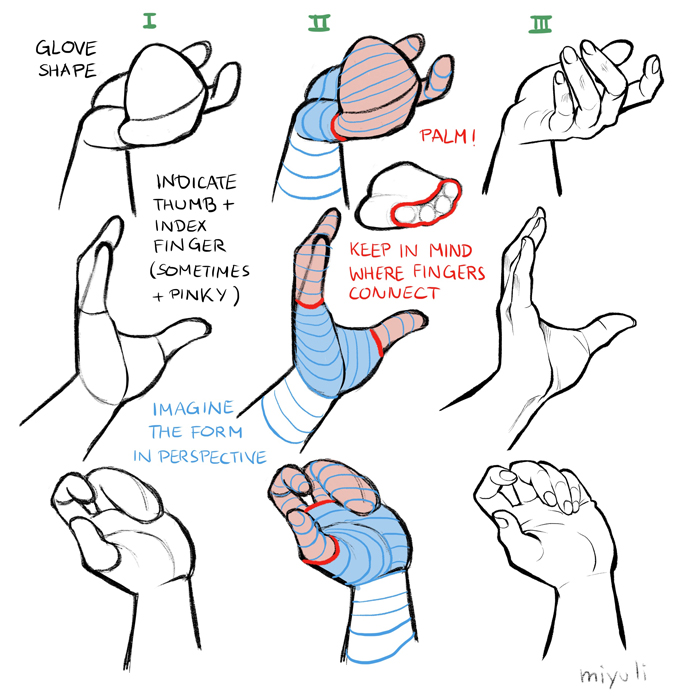 Start by bending both knees. Twist your upper body to one side, and grab your upper leg with both hands. As you twist, pop your opposite hip.
Start by bending both knees. Twist your upper body to one side, and grab your upper leg with both hands. As you twist, pop your opposite hip.
The something new tops lists of TikTok popular dance moves names. Begin by putting one arm in front of your chest, elbow facing outward. Now, move like you are elbowing the person next to you. Drop that arm, and repeat with your other arm. Finish with a shoulder shimmy.
24. Alors on DanseLike many cool dance moves, this is another TikTok challenge. The arm movements are simply in front of your body with your fists moving together and apart, and your elbows bent. As you do this, turn slightly from one side to the other.
25. JackingJacking is simply leaning forward at the waist and rapidly shimmying your shoulders back and forth. Next, lean backward and repeat. You’ll see these popular dance moves in many choreographed videos.
Now you have 25 of the best dance moves names to memorize. These are engaging, trending, or classic dance steps that are great fun to do solo or with a partner. How can you master these moves?
You can get started by watching YouTube videos and copying the steps you see. It’s fun, and you will pick up some cool dance moves. However, to add polish to your dance steps, you might need help from a professional dance instructor. They will keep you motivated and provide you with the information you need to truly master some amazing dances.
How To Dance The "Hand To Hand" (Cha Cha & Rumba)
Dance InsanityRumba
Why are we breaking down the Hand to Hand step in this lesson? This way, you can practice all the individual movements and technique of the Hand to Hand step (which can be used in Rumba and Cha Cha Cha) so that the whole step is greater than the sum of its parts!
One of the best things you can do for your dancing, is to get clarity on exactly what parts make up a figure/step.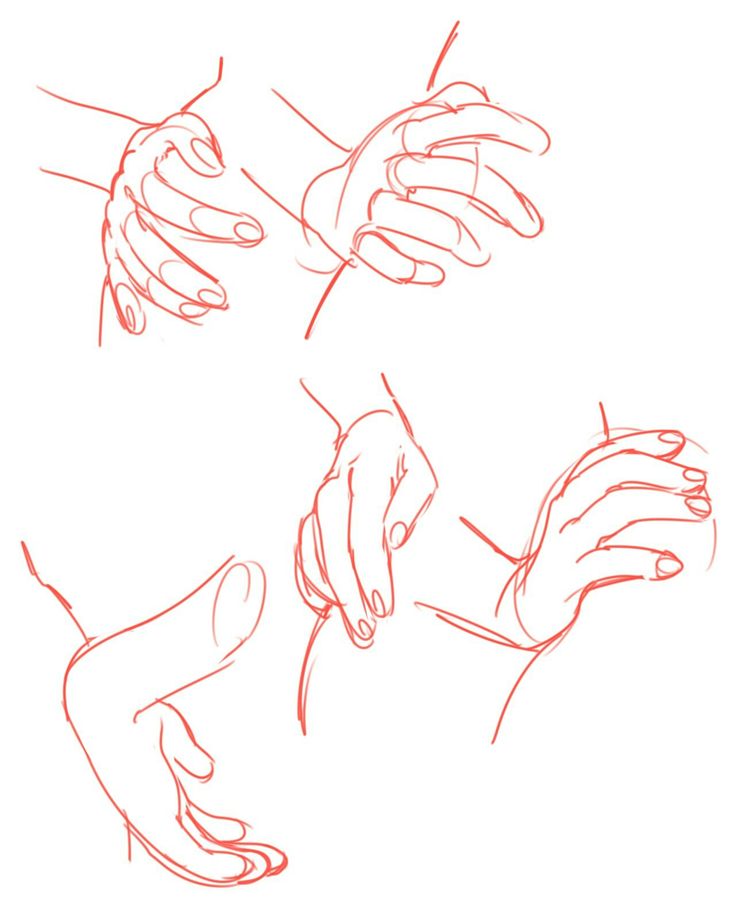 Then, practicing the individual parts fully. If you don’t really know what the parts are, then, sorry to say, you’re probably not executing the move in its full glory. That’s why we’re doing this lesson! Let’s dance!
Then, practicing the individual parts fully. If you don’t really know what the parts are, then, sorry to say, you’re probably not executing the move in its full glory. That’s why we’re doing this lesson! Let’s dance!
Exercise #1: Quarter Turn
Practice Tips:
1. Swivel on the ball of your standing leg for a quarter turn. (i.e.: this means that heel of the swiveling foot is slightly off the floor while you turn)
2. Anchor the big toe of your free foot to the ground as you swivel.
3. Squeeze your inner thighs towards each other as you swivel.
Bonus: Improve your turnout with these:
5 Minute 5 Exercises to Improve Your Turnout For Latin Dancing
Exercise #2: Back Walk
Practice Tips:
1. Start the walk by bending your free knee, and keeping body weight forward on standing leg.
2. Brush the inside edges of your ankles and knees together as you walk back.
3. IMPORTANT: Move your leg behind you first, then shift your body weight back.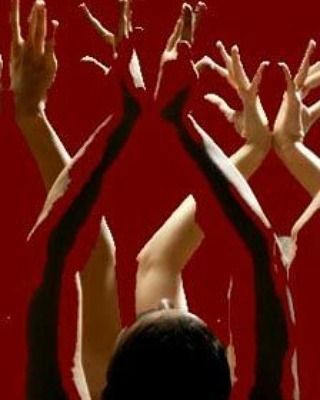
Bonus: Improve your leg action with these:
5 Exercises 5 minutes to Get Sexy Leg Action
Exercise #3: Forward Walk
Exercise #4: Swivel Side Walk
Practice Tips:
1. Swivel on the ball of your front leg for a quarter turn.
2. Keep your spine vertical as you land on your side step. (i.e.: hip should NOT be collapsed or rotated on standing leg yet)
Bonus: Improve your turnout with these:
5 Minute 5 Exercises to Improve Your Turnout For Latin Dancing
Exercise #5: Put It Altogether - Hand to Hand
Practice Tips:
1. Practice all Exercises #1-4 back to back.
2. Police yourself and make sure you complete each action before you do the next.
3. Keep your core engaged.
4. Make sure your spine is lengthened.
5. Work your timing:
- Quarter Turn on count of “and”
- Back walk on count of “2”
- Rotation on count of “and”
- Forward walk on count of “3”
- Swivel turn on count of “and”
- Side walk on count of “4”
There you have it! Did you notice that this whole hand to hand figure is basically walks and swivels?? hmm…
Make sure you practice this figure on both sides, so you are balanced! Do it in the office or anywhere you have a chair.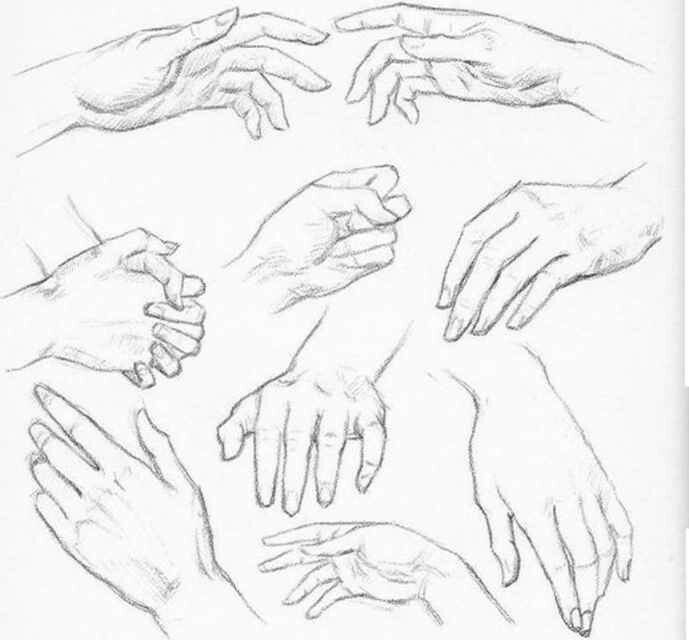 Worst case scenario, with a partner. 😉 Any questions, give me a shout! Happy Hand to Hand -ing!
Worst case scenario, with a partner. 😉 Any questions, give me a shout! Happy Hand to Hand -ing!
Hand to Hand Choreography Ideas:
This video shows choreography ideas on how to dance the Hand to Hand step differently.
TAGS: dance drills popular technique
Dance movements with hands
To move well in a disco, it is enough to have a sense of rhythm. Add to this dance movements with your hands and now you are already rocking to an unfamiliar melody, in an interesting company. To make all this a reality, it is enough to spend half an hour and rehearse a couple of “chips” in front of the mirror.
Waves with hands
Waving remains out of time and out of fashion, it is the ability to imitate wave movements with hands. We start with the right hand. Bend your elbow and bring your palm upside down in front of you, so that the palm is parallel to the floor, and you look at it a little from above - down.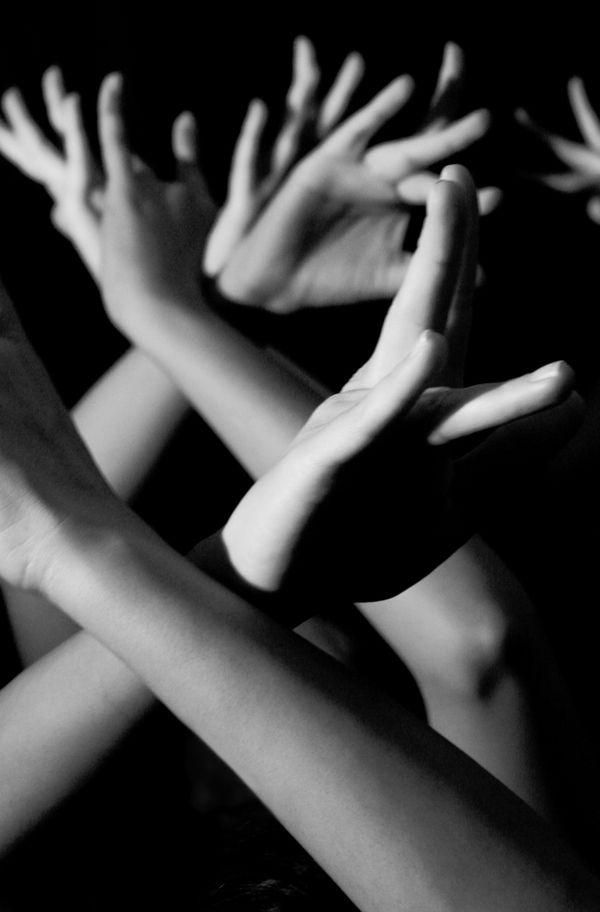 The elbow and shoulder are relaxed, the tension is only in the fingers. Now try to repeat the movement of the wave, smoothly raising your palm up and describing an arc, lowering it down. Focus on the palm of the hand, fingers, forearm, elbow and shoulder are in a relaxed state and move inertly behind the hand. Start with a large amplitude and gradually reduce it to learn how to make a wave quickly. It will take 10 minutes to master this movement. Wave with both hands at the same time, pointing the palms towards each other, and when they cross, let the crossed wave go up, this is a full-fledged dance movement that looks good even without connecting the legs.
The elbow and shoulder are relaxed, the tension is only in the fingers. Now try to repeat the movement of the wave, smoothly raising your palm up and describing an arc, lowering it down. Focus on the palm of the hand, fingers, forearm, elbow and shoulder are in a relaxed state and move inertly behind the hand. Start with a large amplitude and gradually reduce it to learn how to make a wave quickly. It will take 10 minutes to master this movement. Wave with both hands at the same time, pointing the palms towards each other, and when they cross, let the crossed wave go up, this is a full-fledged dance movement that looks good even without connecting the legs.
Criss-cross
To occupy hands during the dance, you can perform cross-cross movements. Extend your left hand, clenched into a fist, in front of you, but not evenly, but slightly at an angle, so that the hand goes slightly to the right. Now extend your right hand, clenched into a fist, so that the letter X is formed.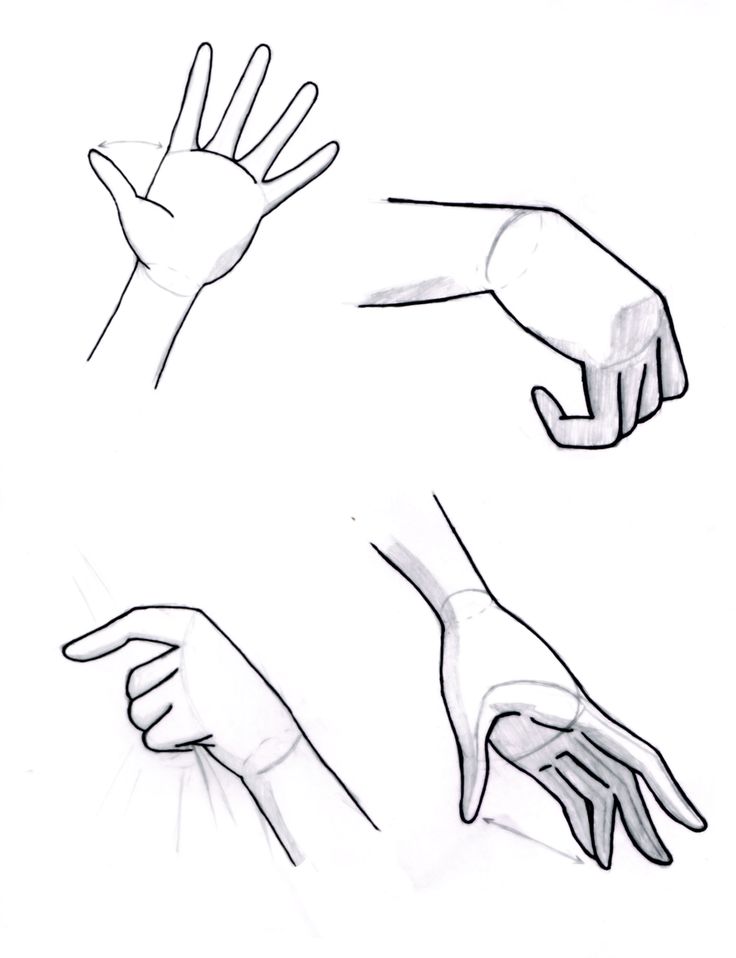 To make this movement work, you need to add a little dynamics. For example, crossing the right hand with the left, return it several times to its original position (to the beat of the music), then raise the crossed arms above the head and open the cross, lowering and pulling the hands to the belt with clenched fists, as is done in karate. Or you can open your arms and lower them through the sides, describing an arc, performing tactile movements with your legs.
To make this movement work, you need to add a little dynamics. For example, crossing the right hand with the left, return it several times to its original position (to the beat of the music), then raise the crossed arms above the head and open the cross, lowering and pulling the hands to the belt with clenched fists, as is done in karate. Or you can open your arms and lower them through the sides, describing an arc, performing tactile movements with your legs.
Women's hand dance moves
Girls will definitely want more smooth hand dance moves, we have some recommendations for them too.
Yula
The movement is performed when there is enough space around, as it involves rotation. Raise your arms above your head, leaving your elbows "soft", which means they can be slightly bent so that the arm is relaxed and supple. The palm is collected in a weak fist with index fingers released, which look up. At the same time, the left and right wrists begin to rotate from right to left along a small radius.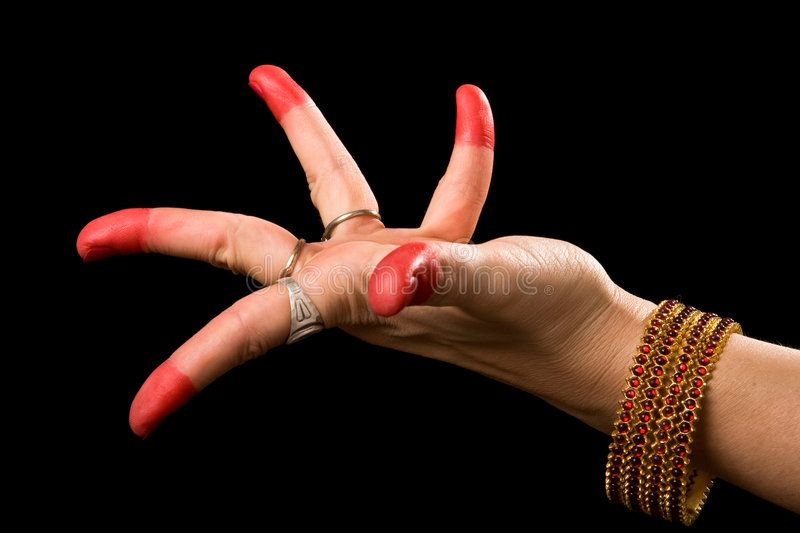 After the second circle, the amplitude increases, and the forearm begins to rotate after the wrist, after 2 turns, both hands, rotating in the same direction, describe a circle above the head. Such a movement requires practice and self-confidence. It is ideal for breaks or slow songs where the footwork is constrained by a slow rhythm.
After the second circle, the amplitude increases, and the forearm begins to rotate after the wrist, after 2 turns, both hands, rotating in the same direction, describe a circle above the head. Such a movement requires practice and self-confidence. It is ideal for breaks or slow songs where the footwork is constrained by a slow rhythm.
Look at me
The simplest and most popular movement that girls love to do to any music is stroking. A straightened palm is placed, for example, on the neck and led down, through the center of the chest and from the solar plexus to the side, leaving the arm bent at the elbow at the waist. In this performance, the movement will be called “look at my chest”, if you do the same with both hands from the waist, rising along the sides to the chest, from there to the neck, change direction there, slightly return to the sides, go to the back and finish the movement with your hands on pope, then it will turn out "look at my figure." Such options are quite frank, and it is better to use them either in a purely female company, or for a personal dance for your man.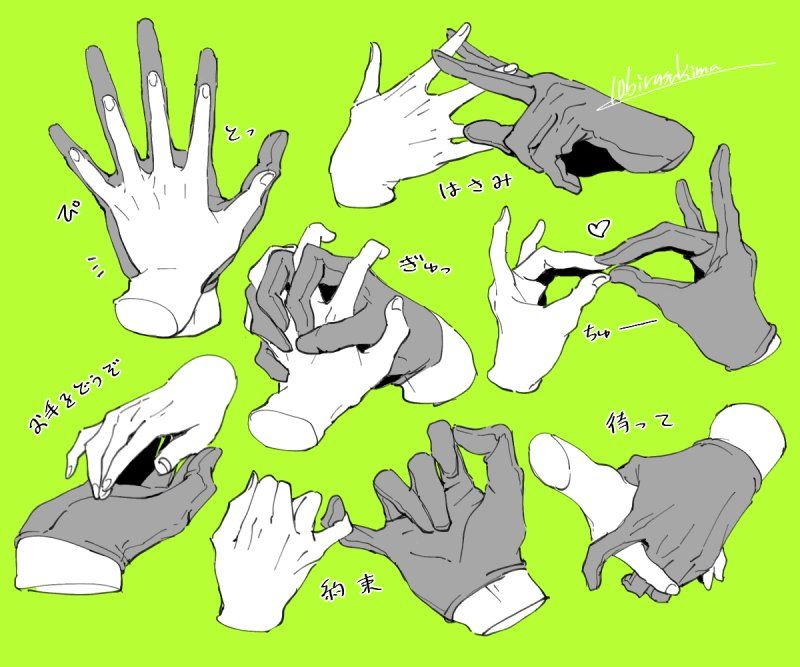 If you run your hands only over your neck and play with your hair at the same time, then you get the “look at my hair” movement, which can be performed at any disco, with any leg movements. By the way, “look at my hair” is included in the female style of many social dances, for example, salsa and bachata.
If you run your hands only over your neck and play with your hair at the same time, then you get the “look at my hair” movement, which can be performed at any disco, with any leg movements. By the way, “look at my hair” is included in the female style of many social dances, for example, salsa and bachata.
12 life hacks, to quickly learn how to dance from Mamita Dance
Dancing
Author: Pavel Collect
Psychologist, teacher of Salsa and Tango
Dances
Author: Pavel Pavel Pavel Pavel Pavel, Teacher of Salce and Tango At the start, you always want to get a quick result. When it doesn't happen, the hypothesis arises that everything takes time. After a conditionally acceptable time, humility comes to mastering pair dances, which, perhaps, is not given, and I will just do what I learned somehow. This is the most common story of those who believe that the mere act of attending a pair dance class is enough to learn how to dance. 1. Listen to music The most common and accessible advice that is given already in the first lessons. And it definitely works. Music creates a certain atmosphere of the dance and intuitively you want to move to it. It doesn't matter where you listen to music - in the car, on headphones while walking or doing household chores. An addition that will help you dance better is your active participation in the music. Sing along, dance or simply beat musical accents with any free parts of the body. In the subway, for example, it is enough to tap out bright moments with your fingers, in the car to sing along with sounds, and at home you can jump for pleasure. 2. Watch videos of good dancers It's complicated, but also obvious. Meaningful video viewing is about building an understanding of HOW dancers make a particular impression on a partner or viewer. Technology is at the heart of everything. Understanding how the pros do it is a big step forward. It is important to distinguish a show from a disco dance, a staged performance from an improvisation, a stylized dance from an authentic one, etc. Ask for recommendations and dance teachers will always throw off a couple of videos of worthy landmarks. Tango Z. Showreel. Online modern tango courses Tango nuevo is the most advanced version of tango. We can quickly learn to dance from zero to a steep level. 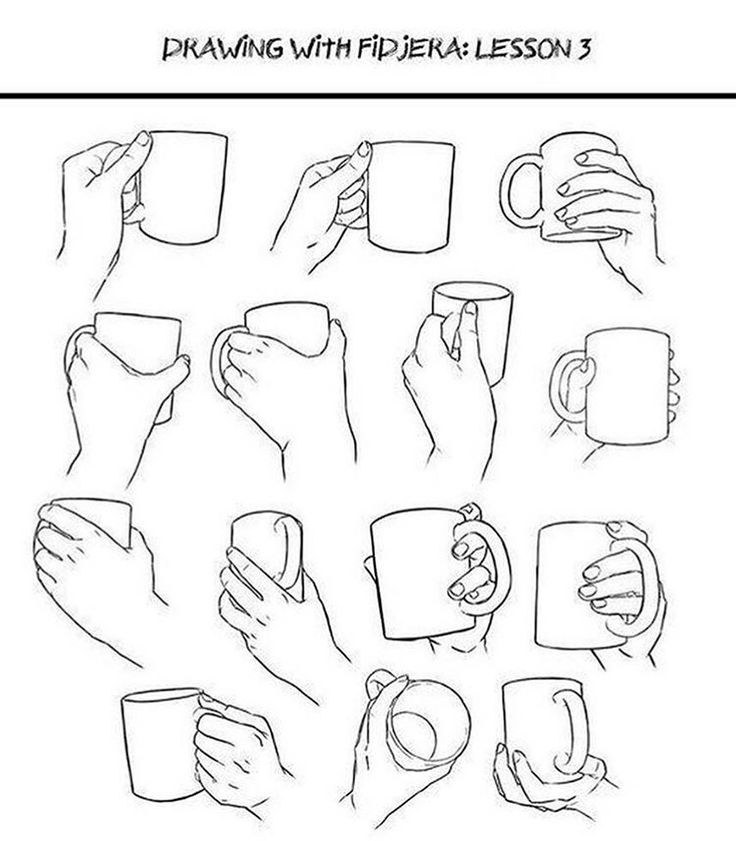
Absolutely not. If you want to really dance well, you have to make an effort outside of the dance class. A good teacher will definitely be needed, but the initiative should be on your side.
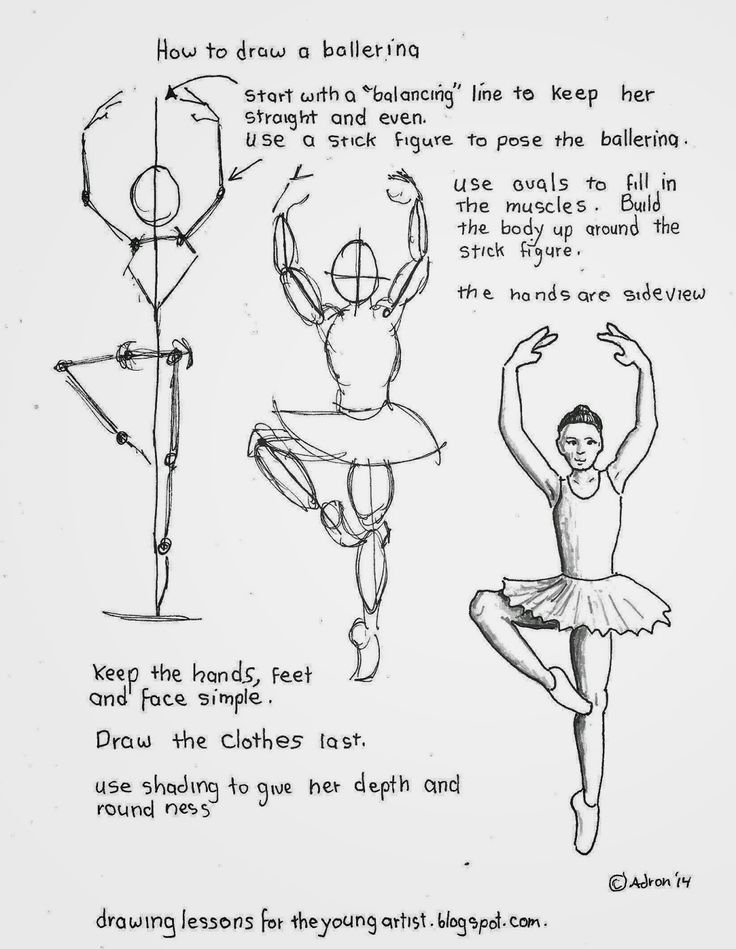 It’s more difficult, because without recommendations from more experienced dancers, unfortunately, it’s not so easy to find a good quality video on the net (I mean not the resolution quality, but the content itself).
It’s more difficult, because without recommendations from more experienced dancers, unfortunately, it’s not so easy to find a good quality video on the net (I mean not the resolution quality, but the content itself).
View details
3. Dance in salsatecas/milongas/discotheques
A very delicate moment when it is worth coming to the first party.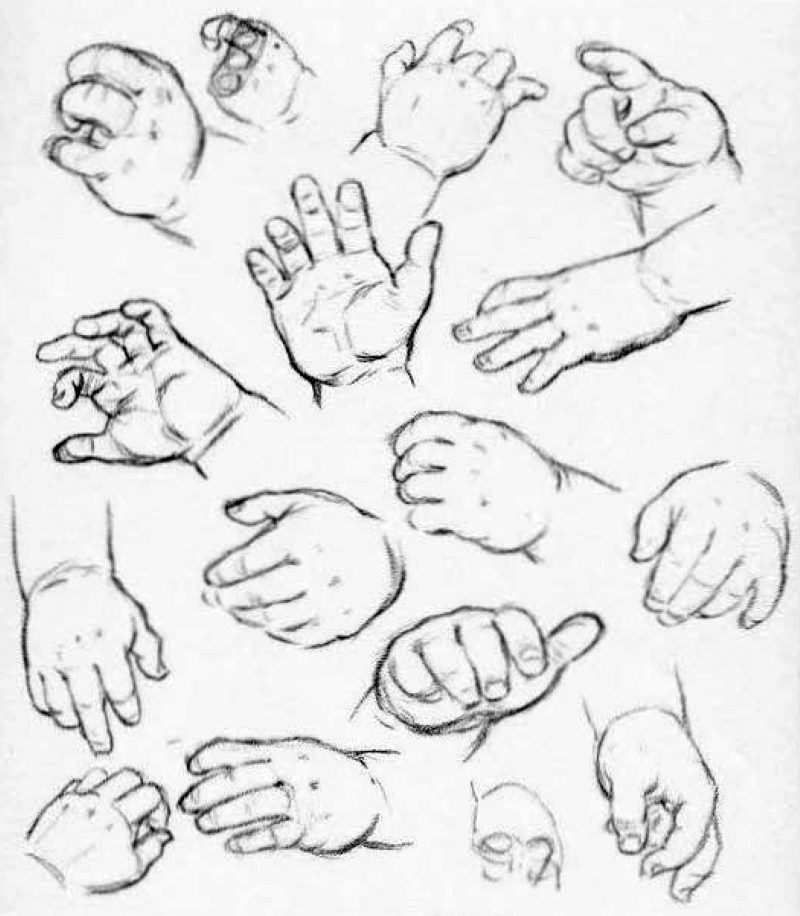 From a technical point of view, most students in 1-3 months have a sufficient set of figures and techniques to come and dance calmly. Psychologically, the same moment can be stretched out for an indefinite time. After all, it is imperative to “not lose face”, “learn more figures” and be sure what to do in case “there is an unfamiliar movement”.
From a technical point of view, most students in 1-3 months have a sufficient set of figures and techniques to come and dance calmly. Psychologically, the same moment can be stretched out for an indefinite time. After all, it is imperative to “not lose face”, “learn more figures” and be sure what to do in case “there is an unfamiliar movement”.
In fact, the partygoers don't really care (except for a small layer of non-professional teachers who want to help inexperienced dancers by treating them as customers in the future). It is important to come and try dancing after a month of classes. You can only with friends or guys from your group. This will be enough to feel the adrenaline and inspiration from the dance.
4. Dance with partners or partners not of your level
The conventional wisdom that you need to practice in groups of your level does not stand up to the test of experience. Perhaps now your eyes widened in surprise, and you want to meaningfully read the phrase again.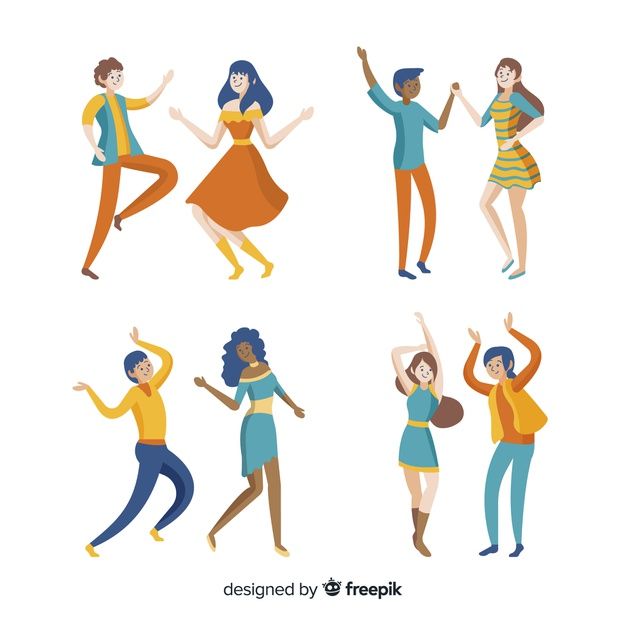 Yes, you saw everything correctly: when you dance with a partner of your level, you don’t grow anywhere.
Yes, you saw everything correctly: when you dance with a partner of your level, you don’t grow anywhere.
It's important to understand that not only does it work one way and you have to dance with cooler dancers, but it works even more effectively the other way. It is no coincidence that teaching pair dances dramatically raises the level of the teacher himself. You have an endless stream of very beginner dancers.
How it works. A more experienced partner needs to be "stretched". It's easy and obvious. With beginners, you need to take more initiative on yourself, see the general pattern of the dance more widely, turn on and insure more, try to be an example and be more careful. The quality of interaction begins to grow significantly. And wonderful partners too.
Dancing with partners of your level doesn't make you grow. Dance with beginners and more advanced dancers
Dominican Bachata Women's Style Online Course
Want to learn how to hypnotize those around you with the most appetizing part of your body? On the course we will tell you all the secrets.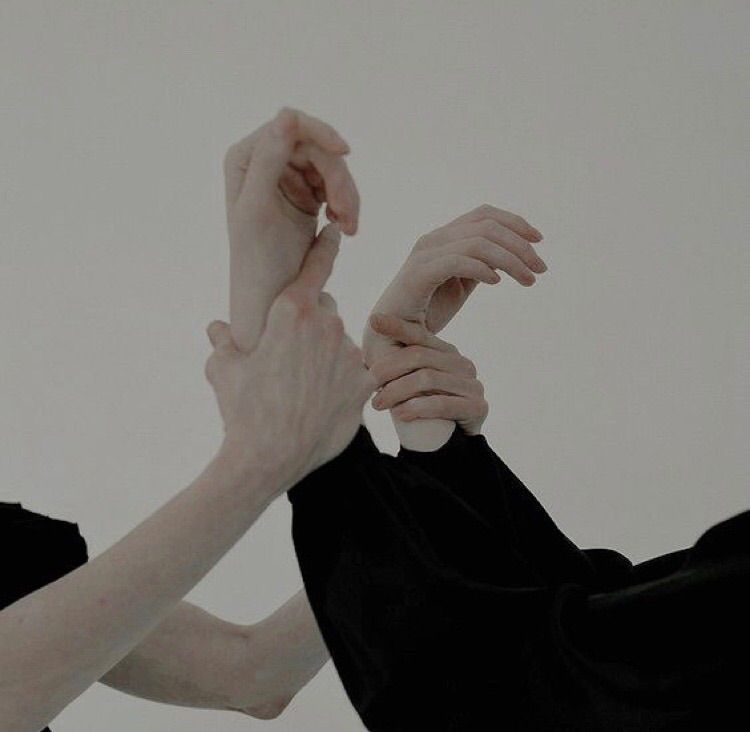
| Interesting |
5. Learn to dance for a partner and for a partner
Turks and Argentines are one of the best partners in the world. In Russia, partners are highly valued. Why? The answer is simple. In Argentina and Turkey, it is not questionable for men to ask another man to lead in one piece or another and give feedback on the quality of the lead. For them, it will be a great shame to hear moralizing from a partner, or even more so to be known in the community as an insecure partner.
In Russia, due to the constant, often far-fetched, opinion that there are more women in pair dances, partners calmly get up and study their partner's part. Such partners then grow into very cool dancers and teachers. In no case do this at parties, only in class. Here we are talking only about the learning strategy. At parties, be yourself.
6. Do not memorize links
Always try to look deeper and understand the through principle and idea of movement.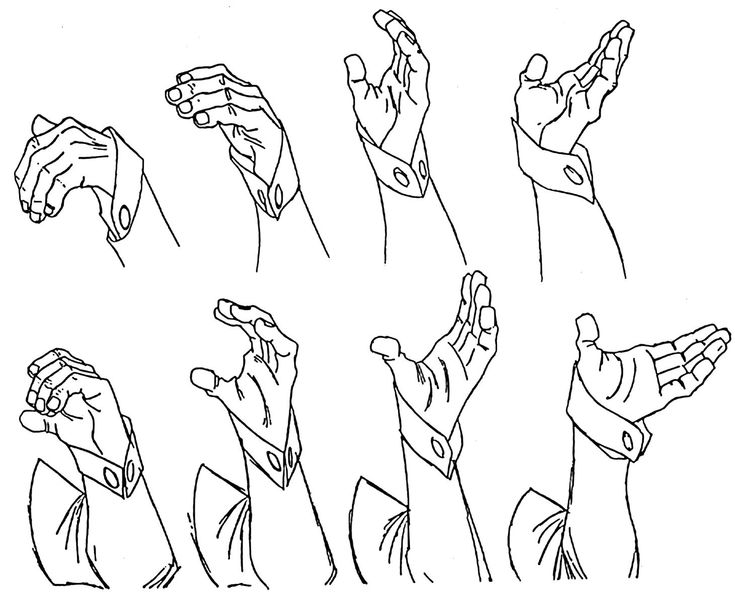 Understanding what and how is done will make it possible to independently generate any sequences and chips.
Understanding what and how is done will make it possible to independently generate any sequences and chips.
Human memory is limited and there will always be a moment when something will escape and your repertoire will be limited by the size of RAM.
In Argentine tango, for example, there are seven levels of movement construction that, when mastered, will allow you to make millions of combinations. And how many dance sequences can you really remember? In rueda, more than 150 figures dance in a rare circle. It's hard to keep more in mind.
7. Develop your body
Many years of experience in teaching partner dance shows that as soon as everyone pairs up in a class, any progress in individual style ends. But it is the individual style that distinguishes everyone at the disco: partners change, and style is always with you.
The body as the main instrument of dance must be very plastic, responsive and emotional. Surprisingly, not all pair dance schools have a general physical warm-up.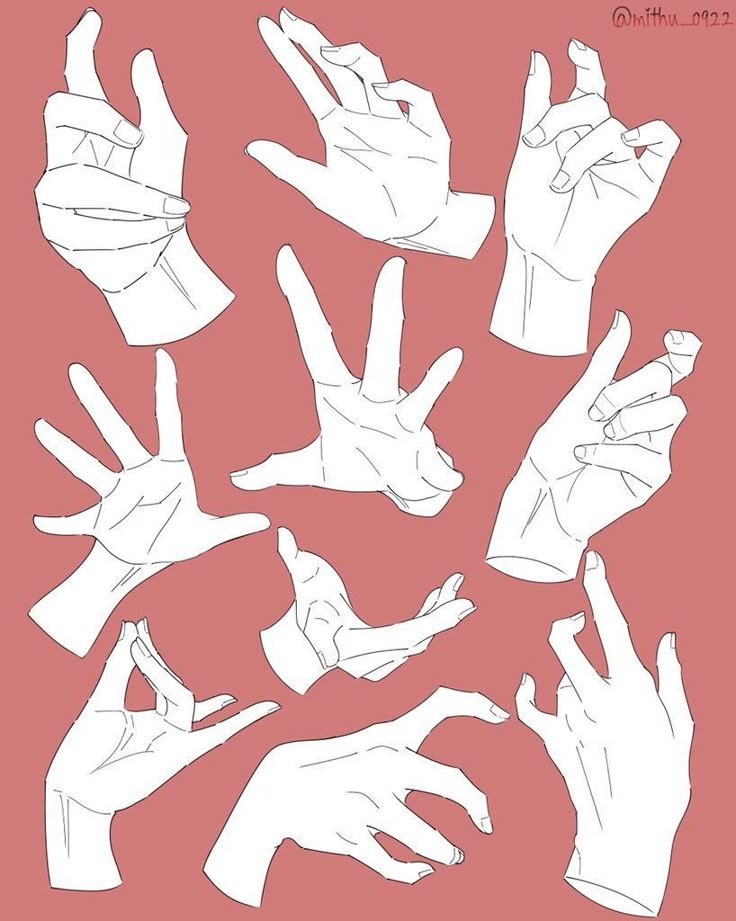 It is vital to tune the body and understand how it works.
It is vital to tune the body and understand how it works.
You can always train extra and concentrate more on the basic steps, as their true value is as body work. The sequence of steps is, in fact, the simplest thing that can be in pair dancing. The quality of individual performance determines the craftsmanship.
8. Try on the images of inspiring dancers
A psychological life hack for those who have already mastered the steps, but still feel that there is not enough brightness and drive. Most are terribly afraid of being someone else's "clone". Here the action is the same as under the influence of hypnosis - the more you resist, the more you plunge into an altered state of consciousness.
With a high degree of probability, you are already dancing like someone else's "clone". A meaningful fitting of someone else's image is that you mentally take the image of the one who inspires you (inspiration is critical in this case) and "put on" yourself. Then you start dancing and trying to feel in general how it is to be able, for example, to be the best partner or the sexiest partner in a disco. This is much more difficult than it seems. But it works extremely efficiently.
Then you start dancing and trying to feel in general how it is to be able, for example, to be the best partner or the sexiest partner in a disco. This is much more difficult than it seems. But it works extremely efficiently.
9. Dance to offbeat music
Habitual rhythms keep you tight. Tango salon or speedy timba leave little room for experimentation and fantasy. Pattern dancing is always noticeable and is reserved for beginners.
The truly new is born outside of the usual. Look for places to experiment. If there is no place, organize self-training. The main thing is not to get carried away, because music determines the style. We bring something new to pair dances, rather than trying to change them.
Search, improvise, do not be afraid to go beyond, develop in different directions, be inspired by music atypical for style
10. Try your hand at basic dance directions
dances exist according to their own non-choreographic laws.
This is the deepest delusion, which has turned into a ceiling for the qualitative development of partner dances. After all, all professional dancers, for example, in salsa or bachata, build their ideas on the basic choreographic principles.
Do not think that choreography is only applicable on stage. Any meaningful movement of the body can be choreographic. In general, try classical or modern choreography. Basically, hip-hop can work too.
11. Look for battle sensations
Pair dances return us to an active position of manifestation of our body. As in the days of our ancient ancestors, we impress the members of the opposite sex by how dexterous, hardy, sexy, etc. we are. Modern laws of the jungle in the entourage of big cities.
If you look around the dance floor, it becomes clear that the majority are clearly herbivores (not in the sense of vegetarians, but in relation to those around them).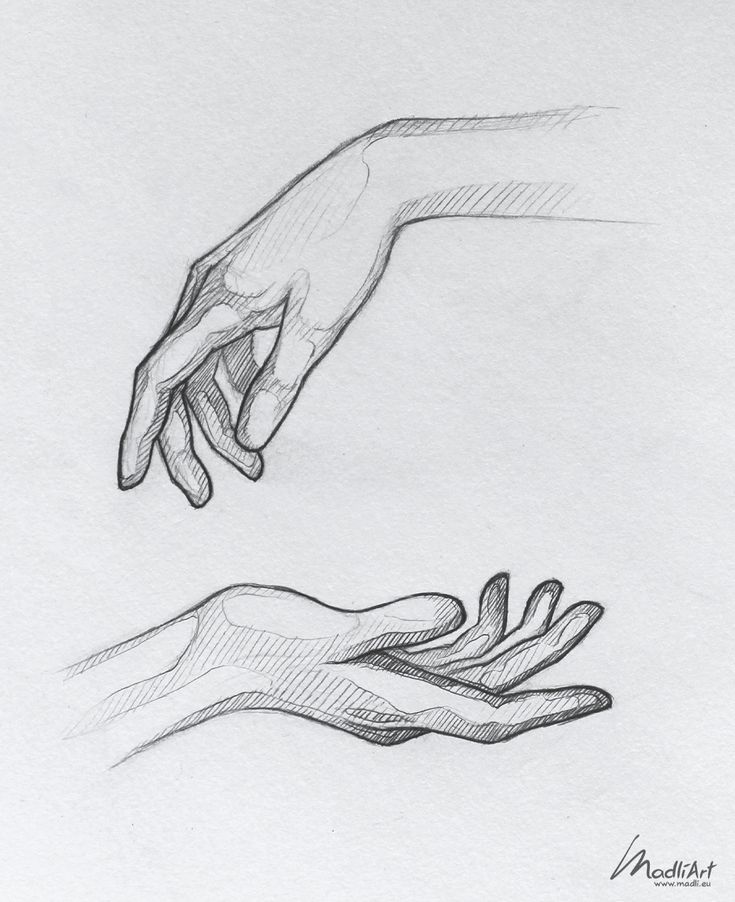 I am sure that predators are always more interesting in terms of the attractiveness of the image - try to find a counterbalance among herbivores, for example, a cat woman or a lion man.
I am sure that predators are always more interesting in terms of the attractiveness of the image - try to find a counterbalance among herbivores, for example, a cat woman or a lion man.
The conversation is about an internal position, not about aggressiveness. Lability and lack of control are inherent in adolescents, and not in adult self-sufficient people.
Accordingly, even a training or friendly battle gives, on the one hand, practical skills - to make a bright sequence of movements, bring an idea to a climax, show a spectacular feature, on the other hand, develops the psychological basis of the dance - self-confidence, resistance to extraneous attention, self-control and self-control in complex elements.
12. Communicate with professionals
The environment shapes the internal position. Basically, real passionaries of the dance community are ready to openly talk, discuss and support the development of dance in every possible way.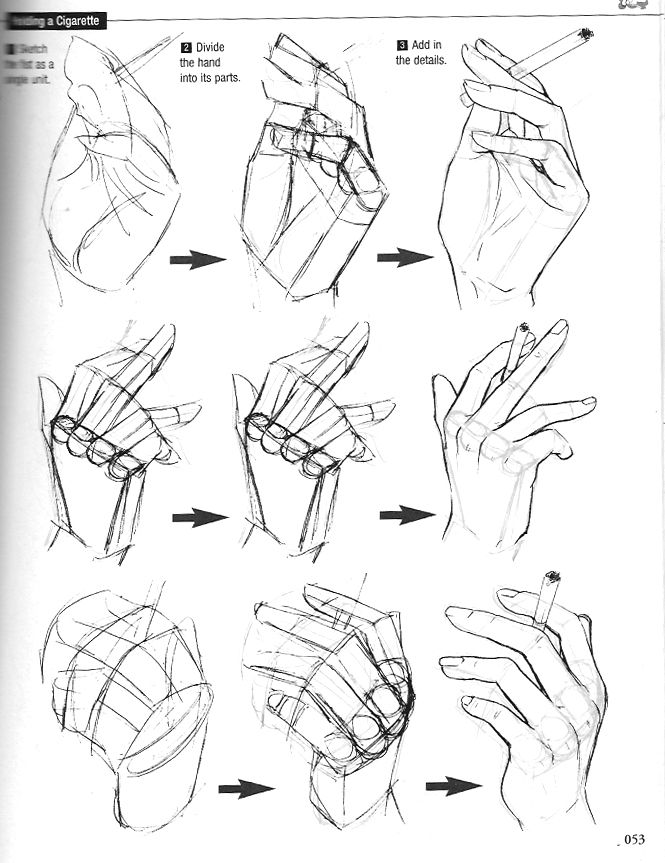 Universal principles and the ideas they articulate have a much longer and more practical perspective than meets the eye.
Universal principles and the ideas they articulate have a much longer and more practical perspective than meets the eye.
Accept that, for example, behind the words "listen to your partner" is not only a beautiful metaphor, but also a practical skill to literally listen to your partner. At the same time, always treat every thought, even the most respected teacher, as a private opinion.
Your skill will lie in finding the scope of the idea even in conflicting opinions. Most often, the contradiction is speculative and the truth lies in the angle of perception or situationality.
Your dancing growth will stop sooner or later. This can happen at the level of three basic steps or years of experience in teaching and show performances. Regardless of your level, the suggested 12 life hacks can get you off the ground and greatly accelerate your dance growth. There is no way here without your motivation and activity. Take your dance development into your own hands.
share an article with friends
| Salsa |
| Bcharatas |
Lessons of Argentine tango in Moscow - dance school of Mamita
School of Sals Dangerous sexuality
Salsa: destroyers of stereotypes
Couple dancing as a source of strength.